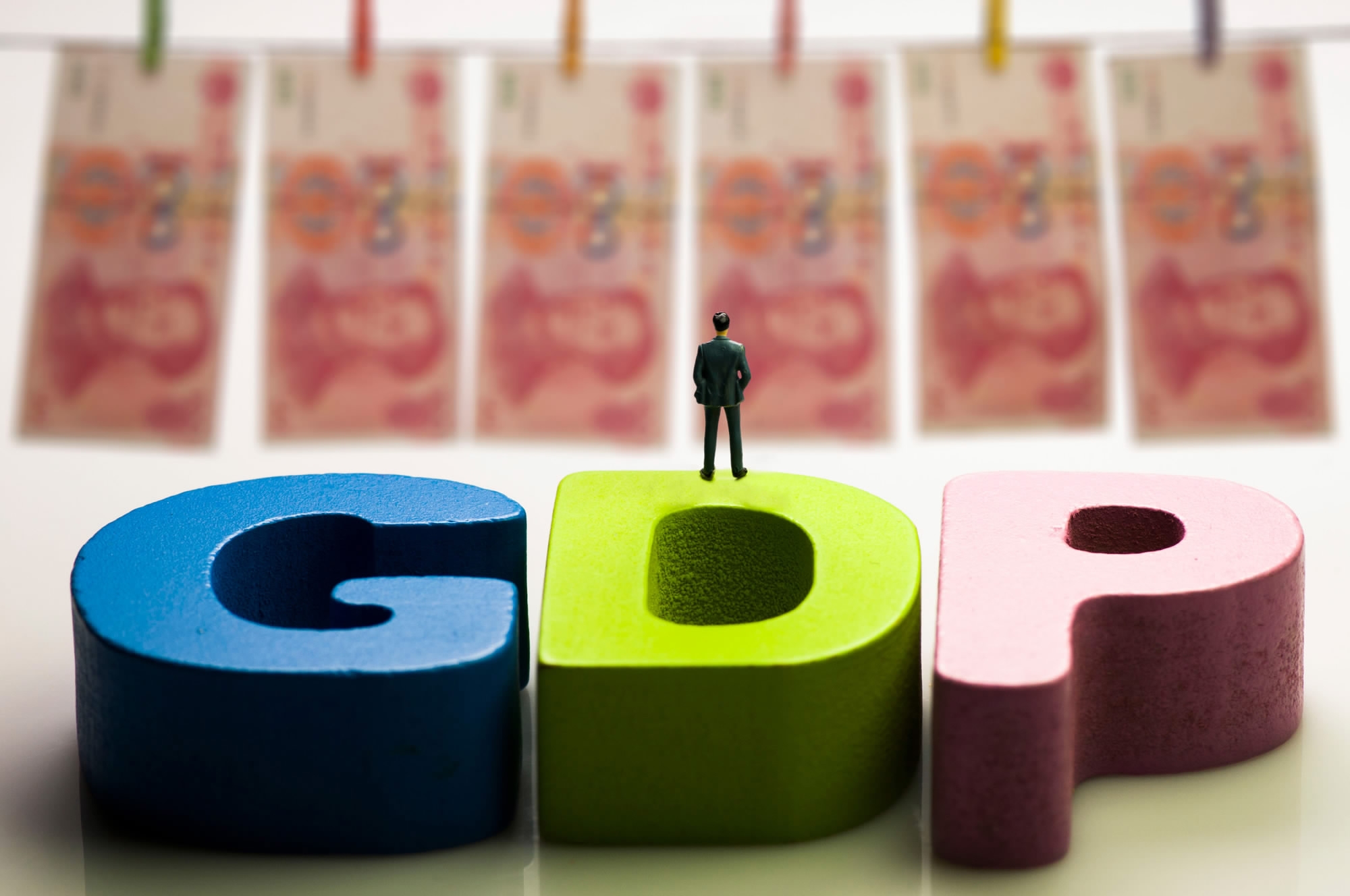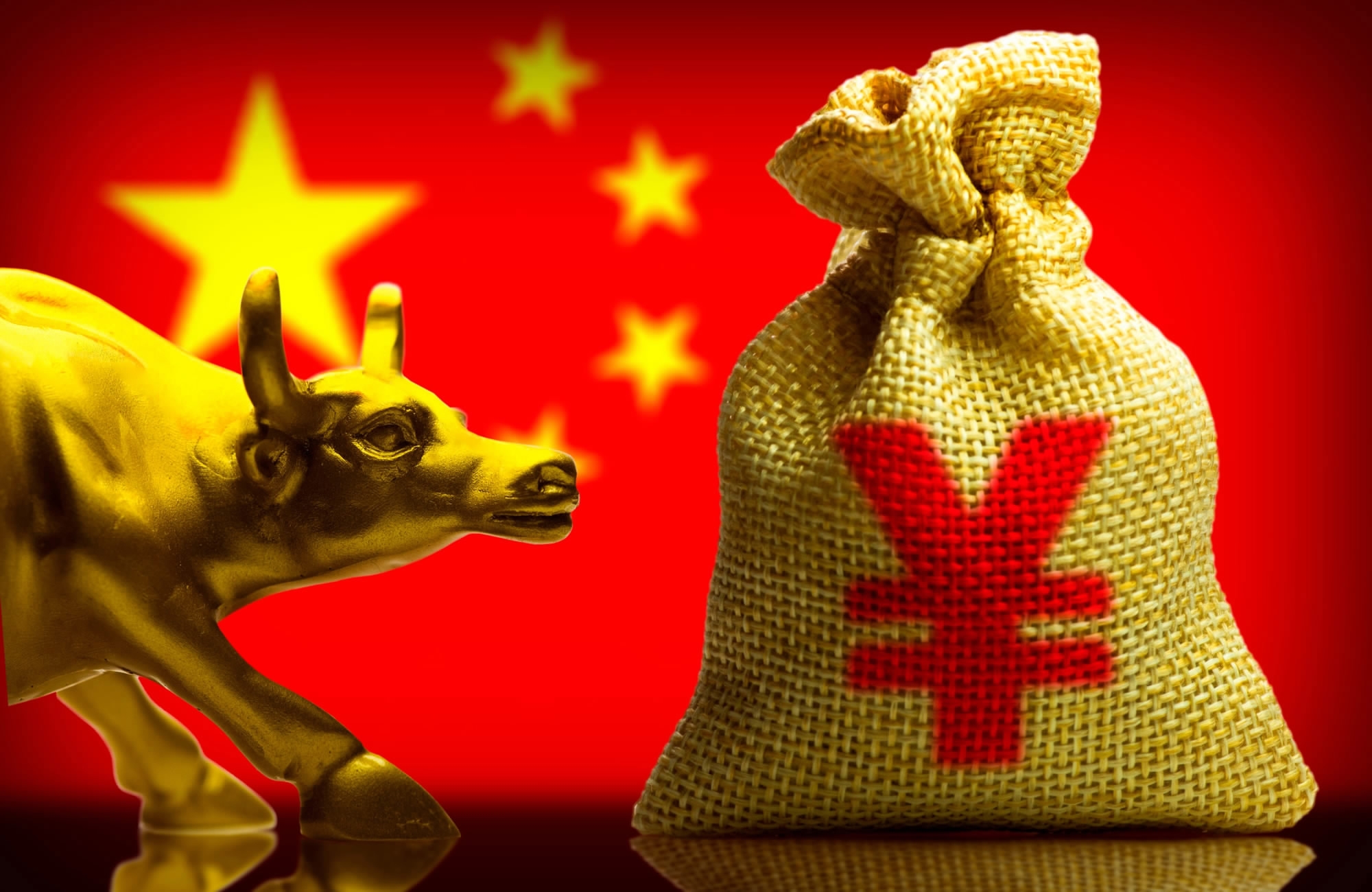
Opinions
12:28, 03-Oct-2017
Opinion: Fact checked? Is China’s economic data accurate?
By Liu Dian, Chen Sitong

In recent years, there have been some voices that question the veracity of China's rapidly growing economy and the statistics that are published around it. Are these doubts valid and how does China’s economic data compare with other countries?
Since 2003, China has been using GDP statistics based on China National Economic Accounting System (2002) (CSNA-2002) formulated in accordance with System of National Account (SNA-1993).
In July, the National Bureau of Statistics launched CSNA-2016 formulated in accordance with the existing international standards, which is SNA-2008. With that being said, the aggregate growth data on China’s economy over the last 15 years adheres strictly to international accounting standards.

/CFP Photo
/CFP Photo
The most prominent difference between CSNA-2016 and CSNA-2002 is the inclusion of R&D expenditure into the GDP accounting. By 2015, the rate of China's GDP growth would have been higher by 0.04% if was calculated under the new standards.
Pointedly, both the United States and the European Union have previously revised their calculating systems using the SNA-2008 standard. So to sum up, the CSNA-2016 revision is a normal step to dock with the international standards, but not an intention to fabricate an increase in the economic indicators.
Some other countries, however, can do things with less cautiousness to pursue a good-looking GDP figure on the paper. For example, India adjusted its GDP calculating method and changed the production cost to the market-denominated in early 2015. By doing so, the rate of India’s GDP growth exceeded China in that year.
The result of this strategy is that there was a strong contrast between the high growth rate of GDP and the weakness of its industrial production, trade, taxation, PMI and credit growth. Additionally, in order to reduce the proportion of fiscal deficit, Italy and Britain have incorporated illegal transactions such as drug trafficking into their GDP accounting in 2014. In contrast, China's GDP statistics are still rigorous around the world.

/CFP Photo
/CFP Photo
Admittedly, the accuracy of China's GDP data can be greatly improved, since the phenomena of "multi-newspaper" and "little newspaper” still exist. On the one hand, a few local officials are “injecting water" to the data for a better performance assessment, and the most notable case was from Liaoning.
After several rounds of inspecting tour, the extra “water” has been gradually squeezed out. The inspections effectively counter-balanced the inflationary and fake modifications of the statistics, consequently, will make the economic accounting work more standardized and scientific.
On the other hand, China's GDP has been undervalued on a large scale due to the statistical methods and domestic economic realities. First of all, in China's vast rural areas as well as the suburban areas, there are a large number of unobserved economic activities (e.g. local and small-scale vendors selling consumer products without registration). This phenomenon prevails in many developing countries.
Secondly, due to the periodic trait of the existing statistical methods, contribution by industries recently in the fastest growth (especially e-commerce) to the economy has hardly been reflected.
Last but not least, the sectorial revenue of individual business owners in the GDP is calculated under a fixed tax system, which is likely to lead to this part of the economic activity being left out. This is because many individual business owners tend to report lower revenue than the actual number.

/CFP Photo
/CFP Photo
We should see that China's GDP accounting method is developed through strict deduction, in combination with references to international standards. After reaching the peak point of 7% in the third quarter of 2015, the growth rate of China's economy has adjusted to 6.7%, and then bounced back to 6.9% in the first half of 2017.
From the development data of several industries and other related data, the trend of economic figures in recent years reflects China's economy development in an objective way, while the long-term and medium-and-long-term stability of its economic has not changed. Factors favorable to the sustaining of economy have further increased, and a steady but growing tendency is even more obvious.
(Liu Dian is assistant research fellow at Chongyang Institute for Financial Studies, Renmin University of China. Chen Sitong is research intern at Chongyang Institute for Financial Studies, Renmin University of China. The article reflects the author’s opinion, not necessarily the views of CGTN.)

SITEMAP
Copyright © 2018 CGTN. Beijing ICP prepared NO.16065310-3
Copyright © 2018 CGTN. Beijing ICP prepared NO.16065310-3